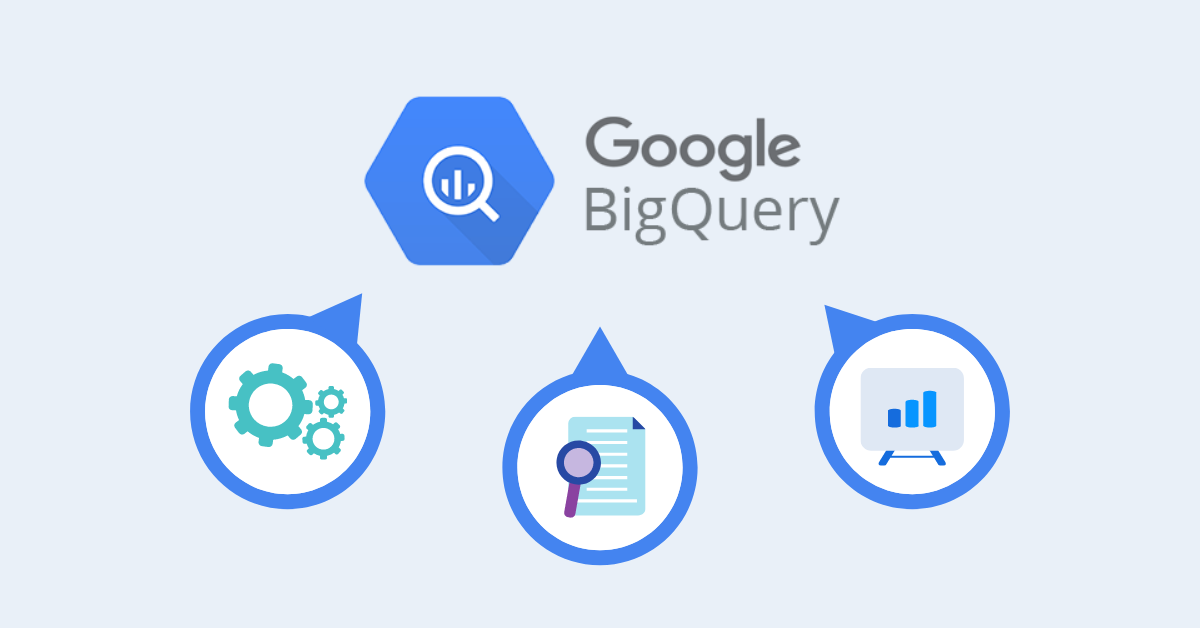How to Use BigQuery to Analyze Your Data
In today’s data-driven world, making informed decisions requires extracting insights from vast amounts of information. Google BigQuery, a fully-managed, serverless data warehouse, empowers organizations to analyze their data at scale. In this guide, we will walk you through the process of using BigQuery to analyze your data effectively, unleashing the power of data-driven decision-making.
Understanding BigQuery:
Google BigQuery is a cloud-based data warehousing solution designed to handle massive datasets and perform lightning-fast queries. It’s part of Google Cloud Platform (GCP) and offers a serverless architecture, meaning you don’t have to worry about provisioning and managing infrastructure. This makes it accessible to businesses of all sizes, from startups to enterprise-level corporations.
Getting Started:
- Setting Up a Project: Begin by creating a project on Google Cloud Platform if you don’t already have one. Once your project is set up, enable the BigQuery API.
- Creating a Dataset: A dataset is a container for your data tables. Within a dataset, you can organize tables that share a common theme. For instance, if you’re analyzing e-commerce data, you might have separate tables for orders, customers, and products.
- Importing Data: BigQuery supports various methods for importing data, such as using Cloud Storage, streaming data, or directly from other Google services like Google Sheets. Choose the method that suits your data source.
https://synapsefabric.com/2023/08/17/unleashing-efficiency-and-security-microsoft-intune-for-business/
Performing Queries:
- SQL Mastery: BigQuery employs SQL for querying data. If you’re already familiar with SQL, you’re well-equipped. If not, it’s worthwhile to learn the basics of querying, filtering, sorting, and joining tables.
- Standard SQL vs. Legacy SQL: BigQuery supports both Standard SQL and Legacy SQL. It’s recommended to use Standard SQL as it aligns with modern SQL syntax and offers more powerful features.
- Partitioning and Clustering: To improve query performance, consider partitioning large tables based on a date or other relevant column. Clustering can also enhance performance by physically organizing data within a table based on the values in one or more columns.
Optimizing Performance:
- Use of Indexes: BigQuery doesn’t use traditional indexes, but it employs an architecture that’s optimized for analytical queries. Still, you can enhance query performance by optimizing table structures and using appropriate partitioning and clustering strategies.
- Data Warehousing Best Practices: Follow best practices like denormalization for analytical workloads, avoiding using SELECT * in queries, and minimizing data shuffling during JOIN operations.
Visualizing Results:
- Data Studio Integration: Google Data Studio seamlessly integrates with BigQuery, allowing you to create interactive and shareable data visualizations and reports.
- BI Tools: You can connect popular business intelligence tools like Tableau, Looker, or Power BI to BigQuery for more advanced visualizations and dashboards.
Security and Cost Management:
- Access Control: BigQuery offers fine-grained access control to manage who can access datasets, tables, and even specific rows or columns within tables.
- Cost Considerations: While BigQuery is scalable, it’s important to manage costs. Understand pricing models such as on-demand vs. flat-rate pricing and optimize your queries to avoid unnecessary data processing.
Google BigQuery empowers organizations to delve into their data, uncovering valuable insights that can steer their strategies and decisions. By understanding the fundamentals of setting up projects, importing data, writing queries, optimizing performance, and visualizing results, you can harness the full potential of BigQuery. Whether you’re a data analyst, business leader, or a curious individual, BigQuery offers a user-friendly yet powerful solution to transform your data into actionable intelligence. Start your journey towards data-driven decision-making today!







